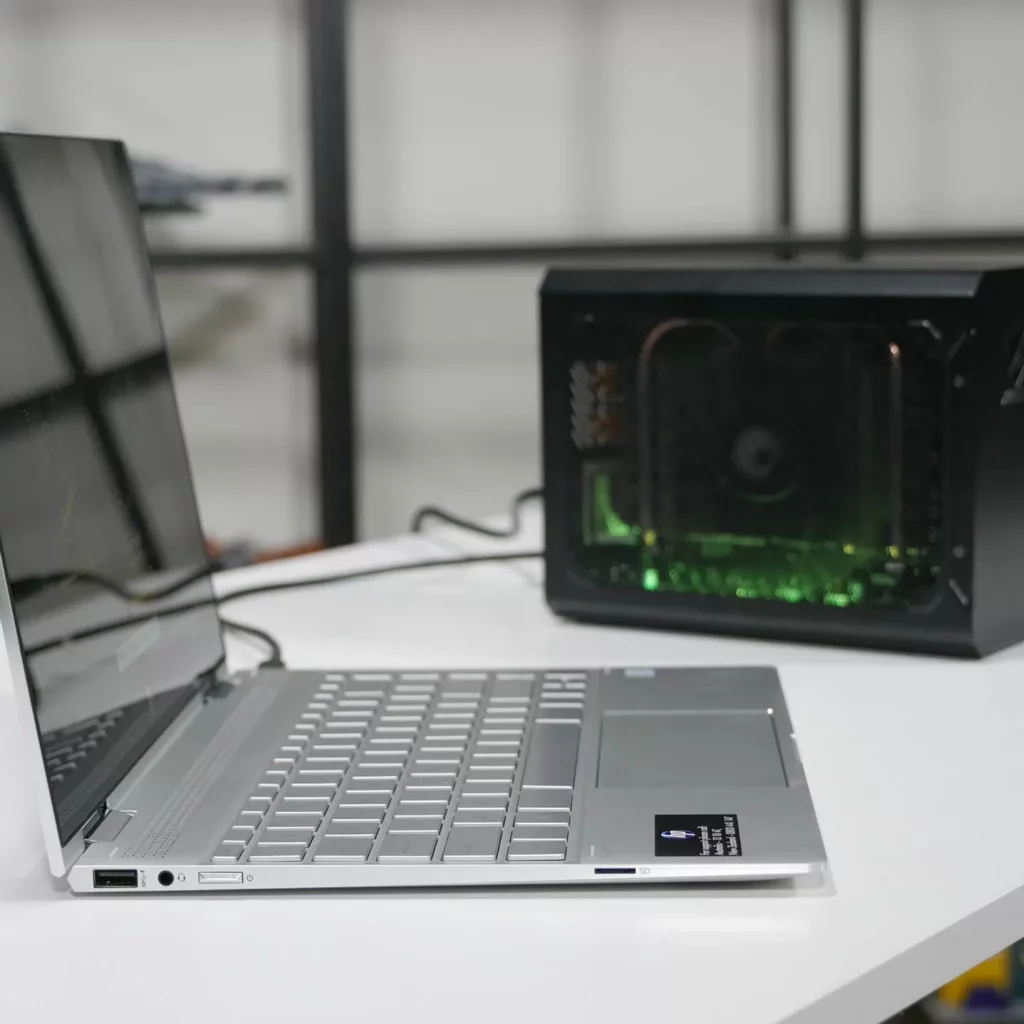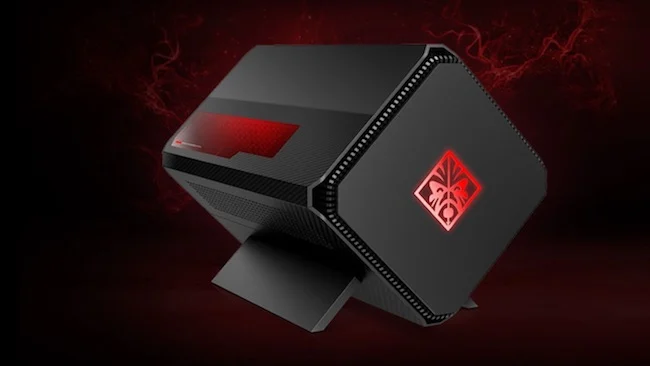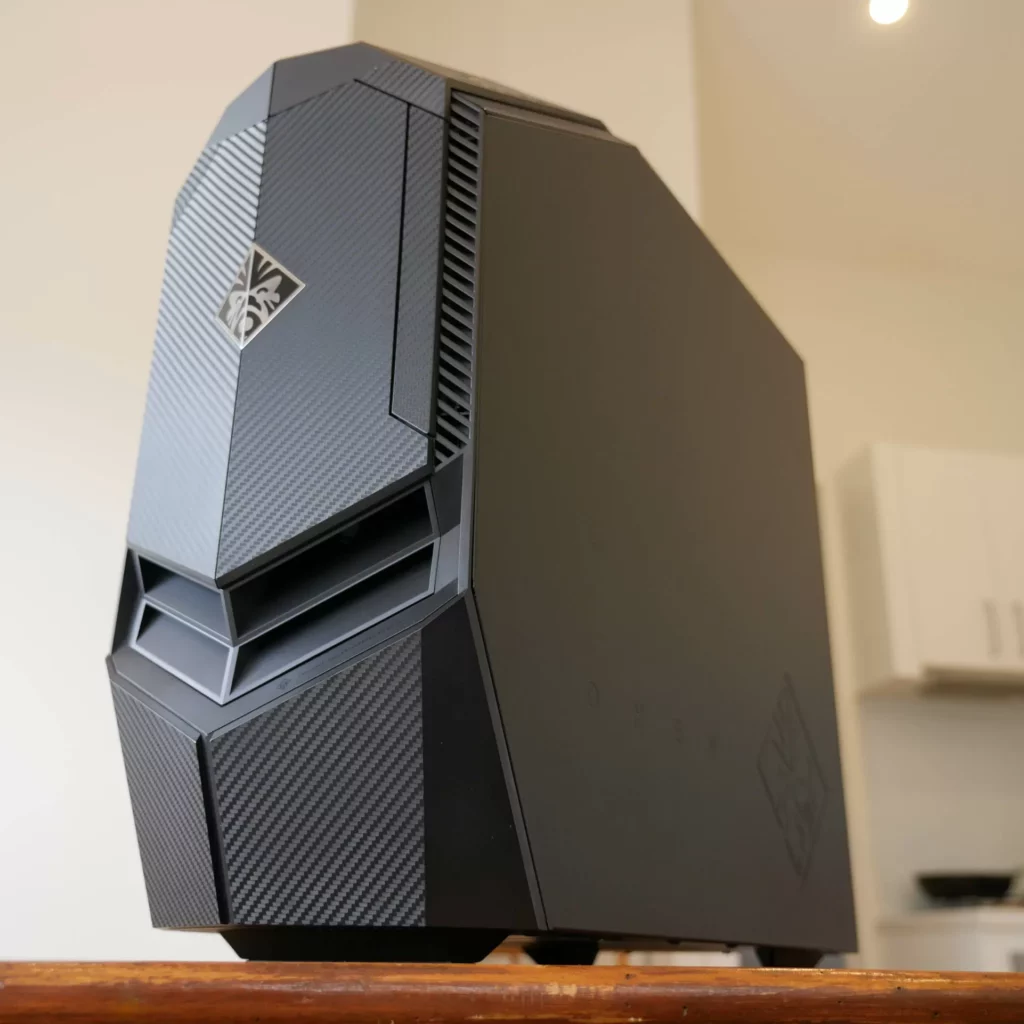Reviving External GPUs: Intel’s Vision with Thunderbolt 5

Intel has always been on the cutting edge of innovation when it comes to computer hardware and connectivity with one notable contribution being their creation of thunderbolt technology. Each generation of Thunderbolt has seen data transfer speeds increase and flexibility increase considerably when connecting devices to your computer now with their announcement of Thunderbolt 5, Intel appears poised to revive external GPU markets once more in this article we explore its significance and its ability to breath life back into them!
Before discussing thunderbolt 5’s potential impact let us first gain some understanding of its technology and why it matters. Thunderbolt is an interface technology developed jointly by Intel and Apple which facilitates fast data transfers via multiple ports simultaneously and daisy chaining of devices plugged in at one port. Initially introduced into use in 2011, Intel has made progresses since that date in developing it further with Apple collaboration on further revisions for implementation into Thunderbolt devices.

Thunderbolt has revolutionised the tech industry thanks to a host of key features:
Thunderbolt Is Known for High Data Transfer Speeds: Thunderbolt has long been associated with rapid data transfers. Starting out at 10 Gbps data rate transfer rate with Thunderbolt 1, Thunderbolt 2 doubled that to 20 Gbps while Thunderbolt 3, with its USB-C connector offering 40Gbps transfer rates making it perfect for video editing and connecting multiple 4K monitors simultaneously.
Versatility: Thunderbolt ports go beyond data transfer they also carry up to 100W in power transfer capability and support various protocols like USB, DisplayPort and more for maximum connectivity options for peripheral devices. Their versatility has made Thunderbolt the go to choice when connecting peripherals.
Daisy Chaining: Thunderbolt allows for daisy chaining multiple devices together this means connecting one thunderbolt device after the next via its Thunderbolt port on your computer creating an endless chain.
Thunderbolt technology holds great promise for external GPUs (egpus). An egpu is an external graphics card connected via Thunderbolt port to your computer that significantly improves graphics performance on laptops or compact desktops that do not feature powerful built-in graphics cards. It may help boost laptop and desktop users who might lack these resources with enhanced visual performance.
At first, Thunderbolt inspired much excitement surrounding external GPUs both gamers and creative professionals saw an opportunity for increasing graphical capabilities without investing in an entirely new system. Unfortunately however that initial enthusiasm did not result in full market adoption for eGPUs as anticipated.

Numerous factors contributed to the slow expansion of the eGPU market:
High Costs: eGPUs were generally more costly, often surpassing that of gaming or workstation laptops in total cost.
Compatibility: Unfortunately not all laptops supported eGPUs therefore users had to ensure their system was compatible restricting market potential.
Performance Bottlenecks: Thunderbolt was fast but did have certain limitations compared to using dedicated PCIe slots, leading to performance bottlenecks in certain instances.
Limited Software Support: Unfortunately not all applications took full advantage of eGPUs; therefore users did not always see significant performance gains from using one.
Thunderbolt 5’s Impact
Now Intel appears poised to address some of the obstacles hindering growth of eGPU market through Thunderbolt 5. Although full details about Thunderbolt haven’t been made known just yet, Intel has provided clues as to what we may expect when its debut arrives later this year.
Thunderbolt 5 promises faster data transfer speeds than its predecessors, meaning the performance gap between external graphics cards (eGPUs) and internal cards may narrow even further.
Lower Costs: With advanced technology comes declining costs; this may apply to Thunderbolt 5 components and enclosures as they mature – potentially making eGPUs more accessible and affordable for consumers.
Improved Compatibility: Thunderbolt 5 can help alleviate compatibility issues between laptops and desktops that support eGPUs, making the support process smoother for more of them.
Thunderbolt 5 may facilitate enhanced software support: As Thunderbolt 5 continues its rise, software developers may become more motivated to optimize their apps for eGPU usage resulting in improved performance gains.
Market Development: Expanded access and greater affordability could spur market adoption for egpu solutions produced by various manufacturers encouraging further investments from them in this space.
Thunderbolt 5 holds out hope of revitalizing the eGPU market; however, we should approach any technological breakthrough with caution and remain wary. Technological progress often presents new challenges; Thunderbolt 5 may provide improvements but may not completely dismantle all barriers impeding its adoption.
Thunderbolt 5-compatible devices have begun hitting the market and information becomes more available, prompting consumers to evaluate both benefits and costs to make an informed decision about them. Gamers, content creators, and professionals looking for ways to bolster the graphics capabilities of their computers may find Thunderbolt 5 eGPUs to be attractive options.
Thunderbolt 5 could revive interest in external GPUs by providing solutions to some of their previous limitations, creating more options and providing users with enhanced computing experiences. Tech enthusiasts and professionals will all keep an eye out as this technology evolves over time;